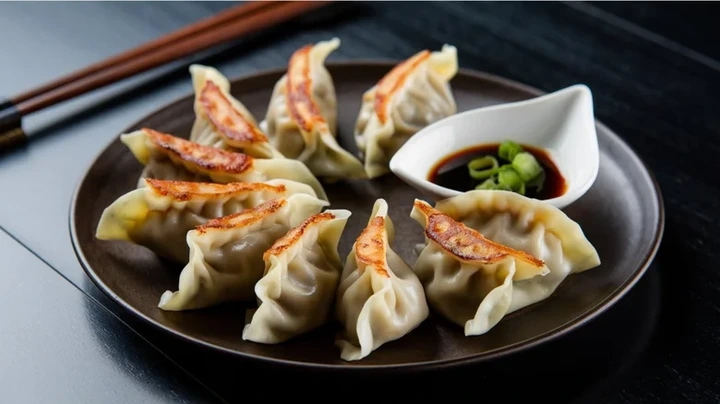The Kind of Pork to Steer Clear of for Delicious Dumplings

View pictures in App save up to 80% data.
You're craving dumplings and this looks like a good week to make some Korean mandu, gyoza, or wontons. Before you do, be sure to avoid one of the biggest mistakes that will ruin your homemade dumplings – using lean cuts of pork instead of fattier cuts. By lean pork, we mean cuts like the loin, or the area between the pig's shoulder and hind legs. The loin, which includes pork chops, has a low amount of fat. If you've cooked pork chops before, you've probably notice they get less juicy and dry if you overcook them.
Making dumplings from scratch typically involves mincing pork for the filling, followed by steaming, boiling, or pan frying the dumplings. However, this cooking method can lead to overcooked and dried-out bits of lean pork. The outcome? A filling that is crumbly, tough, and dry. For dumplings, you aim for a smooth and cohesive filling. Using lean cuts of pork complicates this, as they struggle to bind together well, even when you incorporate a binder such as eggs.
To achieve the best results, it's advisable to steer clear of lean pork cuts and opt for richer options such as pork shoulder, pork belly, or our top choice for dumplings: the extra fatty pork jowl, sourced from the cheek region. This particular cut is beautifully marbled with fat and boasts a d